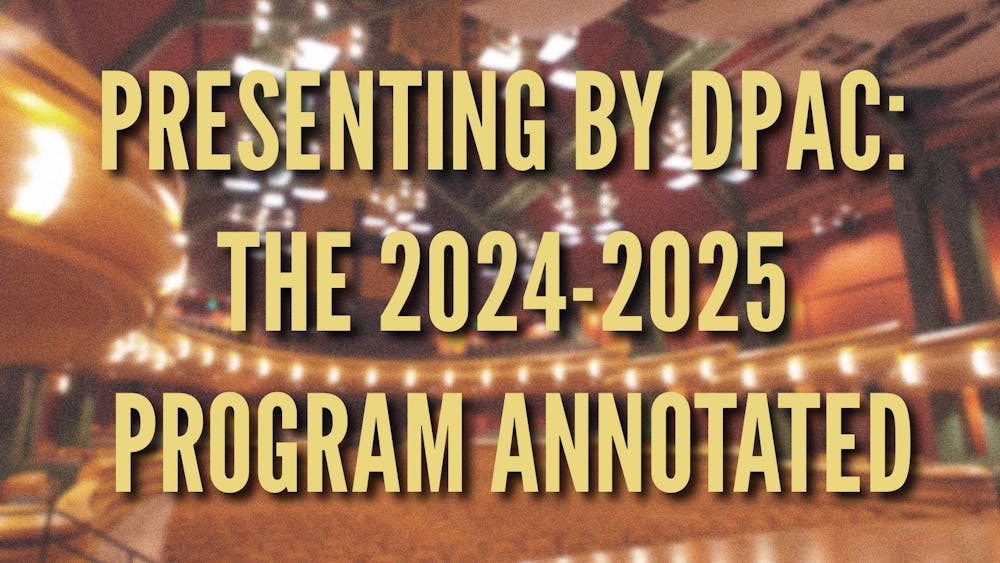
Whenever I watched a young adult TV show or movie in high school, I always found it hard to connect to the characters. This wasn’t just because of the poor acting and impractical nature of their plots (although that certainly didn’t help), but because the adolescents I saw on-screen looked anything but — they didn’t talk like teenagers, dress like them (looking at you “Euphoria”), or even act like them. But the absurd depictions of adolescence seem unique to mainstream cinema and TV as mediums. Novels such as “The Catcher in the Rye” or “The Perks of Being a Wallflower” effectively capture the apathy, angst, etc. of youth; and songs like “Wouldn’t it be Nice” by the Beach Boys, Big Star’s “Thirteen” or “Growin’ Up” by Bruce Springsteen bring us back to the days of pubescence. The inaccuracy of adolescent depiction is not the result of some inherent flaw in TV or film, however, as there have been numerous movies (primarily independent) that delivered accurate depictions of youth.
One issue is the Motion Picture Association film rating system. High schoolers and teens often engage in behaviors and use language that would prevent films depicting them from ever being PG-13 (most kids say f*** more than just once in their lives — the limit to the word’s use in PG-13 films). However, films that are R-rated are less profitable than PG or PG-13 films due to people below the age of 17 not being able to see them in theaters. This results in many coming-of-age films and shows that are unrealistic in their portrayals in an attempt to bring in more revenue. The A24 film “Eighth Grade” is the perfect example of what films can achieve when not constrained by their age-rating. The film is accurate not only because the film casted actors who were actually in eighth grade, but because the characters’ struggles are applicable to their age. Whether it is the sexual pressures put upon middle school girls, the subtle yet cruel nature of cyber bullying or merely that everyone at that age is a bundle of insecurities shouting expletives. Their troubles are not those of adults (or what adults think their hardships may be), but issues that are common at that age; so much so that I was physically uncomfortable because of its accuracy in depicting our generation’s experiences.
Nonetheless, even though accurate depictions can result from freedom from rating limitations, it can also result in adolescent lives being overdramatized or excessive to the point of caricature. I am sure many have seen the memes on Twitter and online parodying HBO’s “Euphoria” for showing high schoolers attending class in BDSM-esque outfits or having the vocabulary of a 12-year-old who just learned his first curse words. Shows such as “Euphoria” are the product of what adults think it is like to be a high schooler currently, rather than what is the reality, causing various depictions to be reductive and oversimplified.
Even a great film such as “Eighth Grade” was close to being inaccurate in a very small, albeit important way. While making the film, Bo Burnham — the director and writer of the film — initially had Facebook as the primary social networking service in the movie; however, he changed it to Instagram and Snapchat after the film’s actors told him that no one uses Facebook anymore. This demonstrates not just the issues that adults being removed from youth creates when making films or shows, but also the solution to that very problem: having adolescent actors informing the script and directing (a technique they used when making “Eighth Grade”). By consulting with real-world teenagers on what it is like to be of that age, films and TV can effectively create realistic portraits of coming-of-age, rather than mere impressions of that experience.
While Hollywood creates coming-of-age narratives and stories to give attention to youth and the genuine nature of their struggles, they are at the same time invalidating them by exaggerating the circumstance and happenings of their lives. If the entertainment industry wants to create films that young audiences can relate to, they actually have to be reflective of their experiences and reality rather than a mere caricature. It will be that much more impactful for young audiences to see someone that actually looks and behaves just like them on the screen rather than someone who pays a mortgage.













